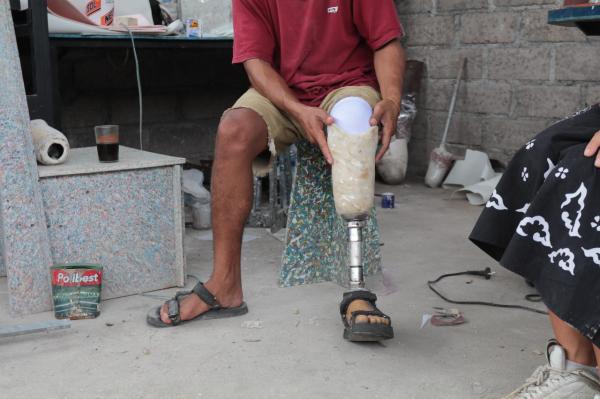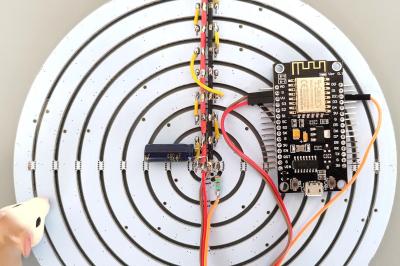Plastic waste is a major problem, but what if you could turn the world’s trash into treasure? [Yayasan Kaki Kita Sukasada (YKKS)] in Indonesia is doing this by using recycled plastic to make prosthetic legs.
Polypropylene source material is shredded and formed into a sheet which is molded into the required shape for the socket. A layer of cloth and foam is used to cushion the interface between the patient and the socket itself. Using waste plastic to make parts for the prosthetics lowers the price for patients as well as helps to keep this material out of the landfill.
What makes this project really exciting is that [YKKS] employs disabled people who develop the prosthetics and also trains patients on how to maintain and repair their prosthetics with easily sourced tools and materials. With some medical device companies abandoning their devices, this is certainly a welcome difference.
We’ve previously covered the Precious Plastic machines used to make the plastic sheets and the organization’s developments at small scale injection molding.














